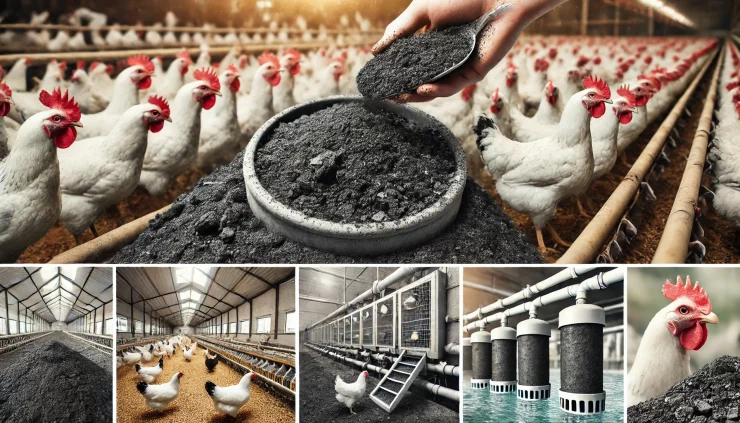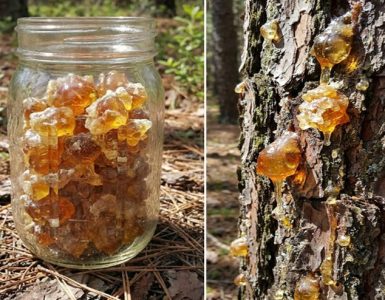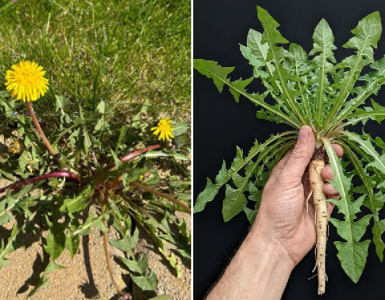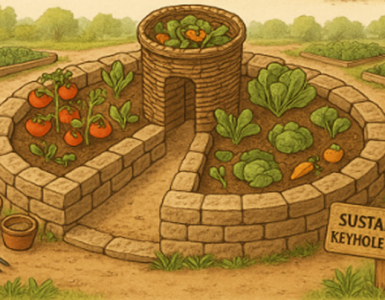Charcoal is not just a common fuel source for barbecues; it has a multitude of applications, particularly in poultry farming. Incorporating charcoal into poultry management can enhance the health of the birds, improve the environment, and increase overall farm efficiency. Here are some practical and beneficial ways to use charcoal in poultry farms.
1.Improving Litter Quality
Charcoal can significantly enhance the quality of poultry litter. By adding charcoal to the bedding material, farmers can achieve several benefits:
Odor Control: Charcoal has excellent odor-absorbing properties. It helps neutralize ammonia and other unpleasant odors produced by poultry waste.
Moisture Absorption: Charcoal absorbs excess moisture from the litter, keeping it drier and reducing the risk of bacterial growth and disease.
Pathogen Reduction: The antimicrobial properties of charcoal help reduce the presence of harmful pathogens in the litter, promoting a healthier environment for the birds.
How to Use:
Application: Mix finely ground charcoal with the bedding material at a ratio of about 5-10% by weight.
Maintenance: Regularly refresh the charcoal-treated bedding to maintain its effectiveness.
2.Enhancing Feed Efficiency
Incorporating charcoal into poultry feed can improve feed efficiency and overall bird health. Charcoal acts as a detoxifying agent, binding to toxins and harmful substances in the digestive tract.
Detoxification: Charcoal helps detoxify the gut by binding to mycotoxins and other harmful chemicals, reducing their absorption.
Digestive Health: It aids in improving digestion and nutrient absorption, leading to better feed conversion rates.
How to Use:
Dosage: Add a small amount of activated charcoal to the feed, typically around 0.5-1% of the total feed weight.
Frequency: Incorporate charcoal into the feed on a regular basis or as needed to address specific health concerns.
3.Water Purification
Charcoal is an excellent water purifier and can be used to improve the quality of drinking water for poultry.
Removing Contaminants: Charcoal filters out impurities, heavy metals, and harmful chemicals from the water, providing cleaner and safer drinking water for the birds.
Improving Taste: Purified water is more palatable, encouraging birds to drink more and stay hydrated.
How to Use:
Charcoal Filters: Use charcoal water filters or add activated charcoal to the water supply system.
Replacement: Regularly replace or recharge the charcoal to maintain its effectiveness in water purification.
4.Pest Control
Charcoal can be used as an effective natural pest control agent in poultry farms.
Insect Repellent: Charcoal dust can repel insects and other pests that may harm the birds or contaminate the feed.
Sanitation: It helps maintain a cleaner environment, reducing the attraction of pests to the farm.
How to Use:
Sprinkling: Sprinkle charcoal dust around the poultry house and feeding areas.
Preventive Measures: Regularly apply charcoal in areas prone to pest infestations.
5.Emergency Treatment for Poisoning
Charcoal is known for its ability to adsorb toxins, making it a valuable emergency treatment for poisoning in poultry.
Toxin Binding: In cases of accidental ingestion of toxic substances, charcoal can bind to the toxins and prevent their absorption in the digestive tract.
How to Use:
Dosage: Administer a charcoal slurry (activated charcoal mixed with water) to the affected birds as soon as possible after poisoning is suspected.
Veterinary Guidance: Always consult a veterinarian for the appropriate dosage and administration method.
Charcoal offers numerous benefits for poultry farms, from improving litter quality and feed efficiency to purifying water and controlling pests. By incorporating charcoal into various aspects of poultry management, farmers can create a healthier, more efficient, and sustainable farming environment. Whether used as a detoxifying agent, a moisture absorber, or a natural pest control method, charcoal is a versatile tool that can significantly enhance the well-being of poultry and the overall productivity of the farm.






Add comment